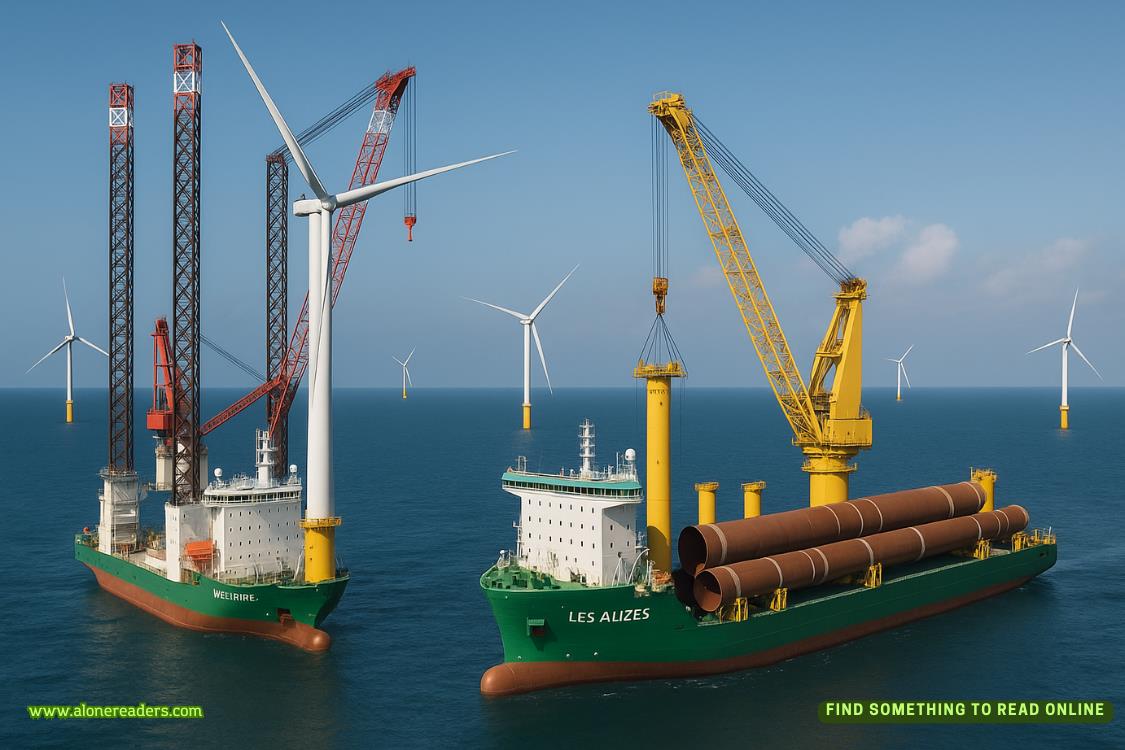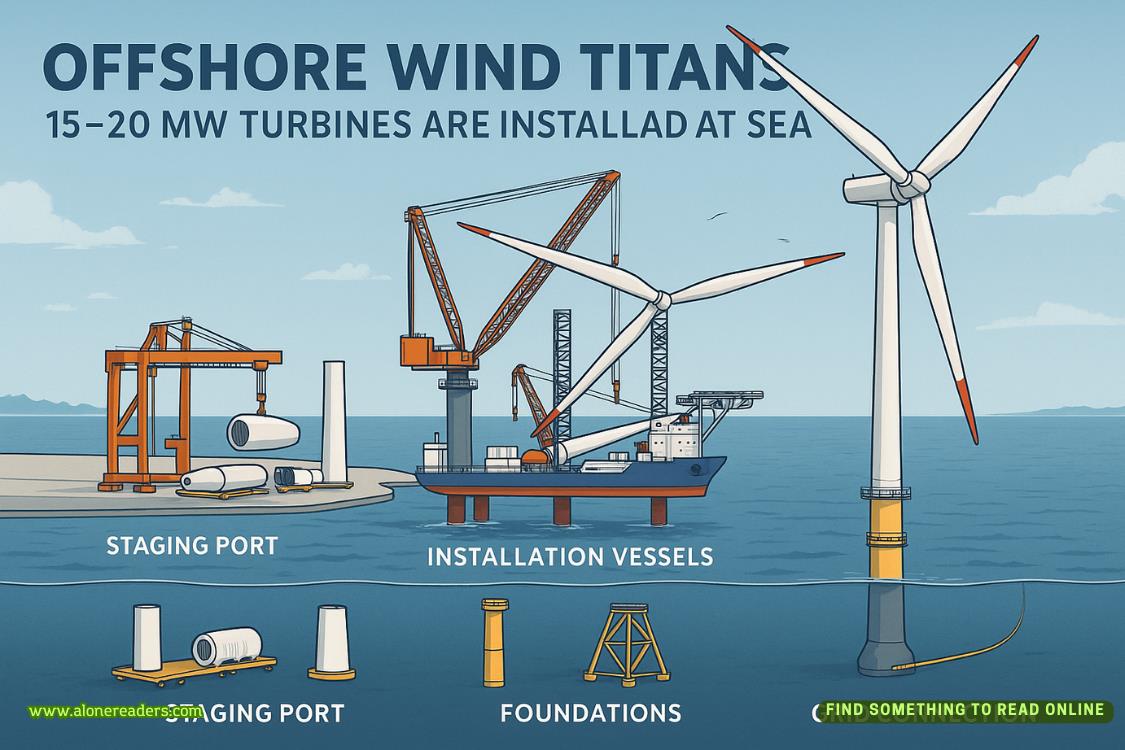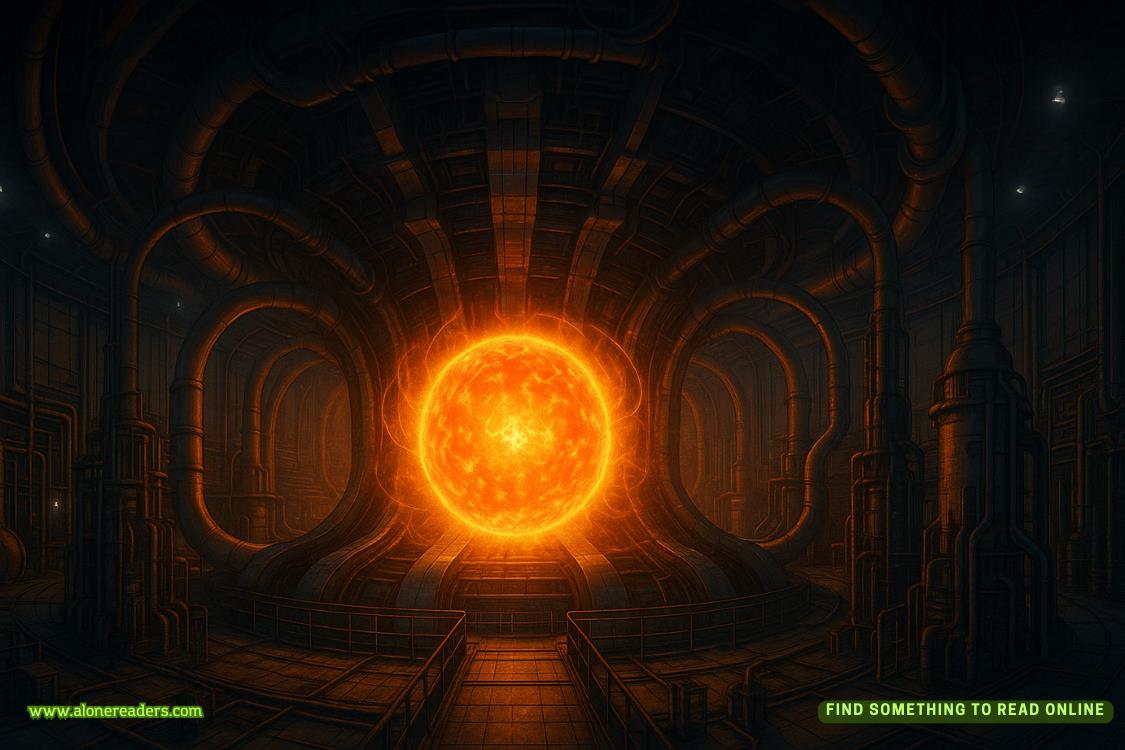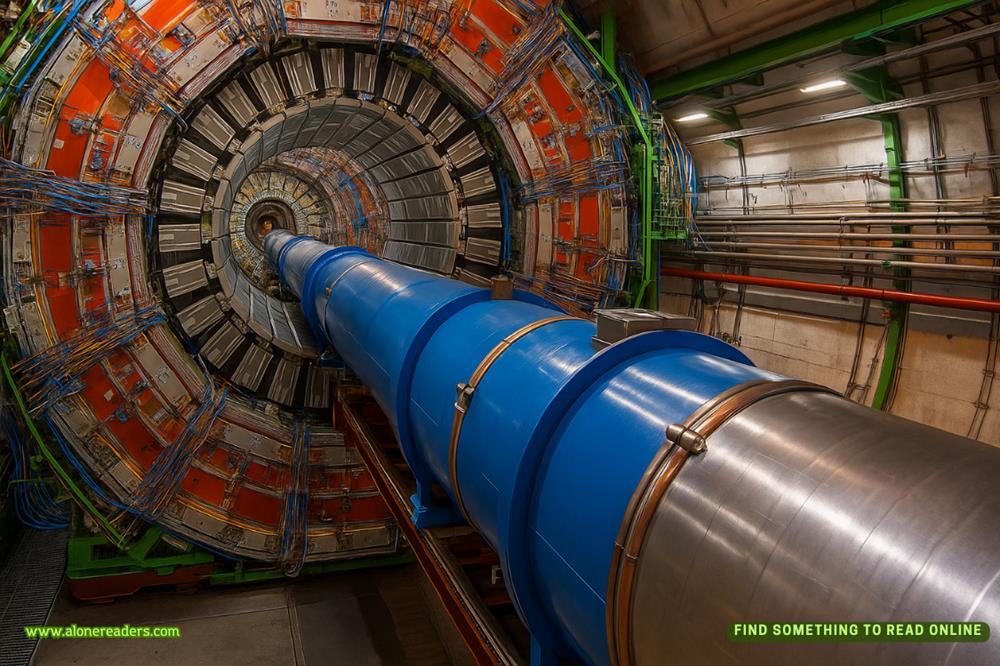Page 93 of Gryphon
She needn’t have worried. With the need to volley between ice floes, they were more jinking than carving their way around.
“Range?”
“Hard to estimate,” tactical called out. “Sonar signature of a pea and we’re making too much noise to listen. Two kilometers? They move at forty-plus knots. And,” they all held on tightly as the ship rolled right, then left again, “they can run deep enough to avoid the ice.”
“Roger that. Inform me at estimated one-kilometer closure.”
“Aye, Kommendör.”
Now it was a race. If the Karlstad could make a clean run, she hustled along at thirty-five knots, sixty-five kilometers per hour. The torpedoes had at least a five-knot advantage. But they had a limited range, running out of fuel after eleven kilometers. If she kept away from them for twelve kilometers, they might survive this. One way or another, this would all be over in nine minutes.
“Launch sonobuoys.”
She didn’t want a single meter per second less speed, so she didn’t order the towed sonar array out as well.
“Buoys, one each kilometer.”
They were covering that distance every fifty-six seconds running flat out—closer to every sixty-five seconds weaving through the ice. The problem was that the torpedo covered the same distance every forty-eight seconds with no turns. The fish needed under four minutes to make up a kilometer. They’d run out of fuel in nine minutes, or would if they hadn’t caught up to her ship in eight.
The sonobuoy devices would listen for the sound of the torpedoes. The Karlstad was making far too much noise to listen effectively, especially astern. She didn’t know how calculating the exact moment of impact would help. Morbid curiosity perhaps.
A waterjet was quiet enough to fool most acoustic homing capability, if they weren’t running it flat out.
The Karlstad was running near her maximum speed when tactical called out one kilometer and closing. Four minutes to impact and she needed five and a half to outrun them. Time for a different solution.
“It won’t be enough, Kommendör. We need to catch them with the depth charges.”
Tactical’s estimate matched her own.
Each time a torpedo lost its target lock, it would waste time and fuel circling to reacquire.
A depth charge, even if it didn’t achieve the unlikely hit on a torpedo, would vaporize a large section of water.
That gave her an idea. The waterjets were very different from propellors. An overrevved propellor would create some cavitation air bubbles, but for the most part they were massive chunks of bronze offering exceptional targets for a torpedo’s homing electronics.
A waterjet, however, ejected a hard stream of water straight aft; the Karlstad was the supercharged version of a recreational jet ski. But, if they did turn hard enough to catch air in the waterjet, it would create a wall of bubbles behind the ship. In water, air bubbles acted as barriers to sound across all frequencies, including sonar. A torpedo’s seeking ping would bounce and scatter off the air bubbles rather than her ship.
“Helm. Disable roll stabilizers. Slalom hard. Back and forth. Get the waterjet inlets to grab air on each turn.”
“It will cost us speed, Kommendör.”
“Roger that, proceed.”
And everything that wasn’t tied down or strapped in lurched toward the starboard side of the cabin as they turned to port.
Alarms screamed as the portside jet intake drew air.
Then silenced as helm sent them back the other direction, submerging one intake on his way to exposing the other.
77
Pavle carefully moved his hands to the side and turned around very slowly.
Tamar stood in the open doorway.
The warm air escaping from the heated office to the winter air fluttered her hair like a photo shoot and pressed her skirt tightly against her thighs.
And the MP5K submachine gun she held was zeroed at his chest.















